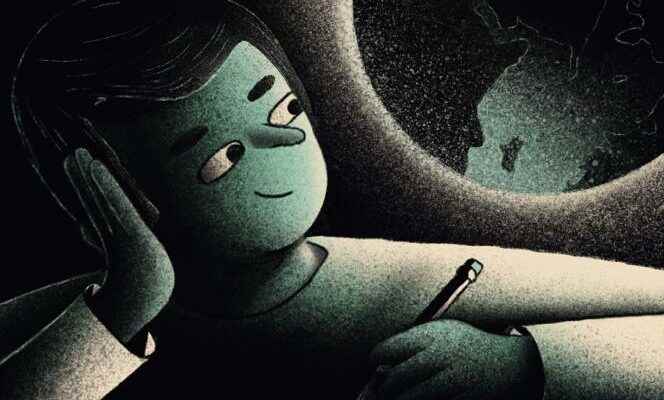Sthere is one thing that psychoanalysis teaches, to psychoanalysts as well as to their patients, it is the weight of the image that one has of oneself. This image which, even very far from what one really is, can mortgage an entire life. And whatever the case may be, she always mortgages certain stages, where significant bodily changes lead her to waver: being a teenager is never easy, nor is getting old. For more complex reasons than it seems, and which one of our readers expresses very well: “I am 60 years old, with white hair, and I feel myself aging physically, but also in the gaze that others refer to me in society. »
Where does the image we have of ourselves come from?
It is always the product of a construction; and the human being never does it alone, but always with others, integrating, from the first hours of his life, and without being aware of it, all the images that they send him back to him.
These others are first and foremost his relatives, and first and foremost his parents: what he is for them constitutes the matrix of his image. And thereby one of the first misunderstandings of his existence, because the way in which parents consider their child is less related to the reality of his person than to the possibility that their history has given them – or not – to love him. (and therefore to look at it “with the eyes of love”) and to recognize its value. How could parents think they have a “good” child if they think themselves “not good”?
But this look, which for him has the value of the first mirror, is also for the child that of society: he meets it at school, which will (like his parents) grant him – or not – a value; as he will meet him later, as an adult, in the world of work.
These two glances, by articulating each other, gradually shape an image of him, which he internalizes as his own. It can then evolve, depending on the vagaries of its existence, but also on the vision that society, if it arbitrarily classifies it in a category, will send back to it. His singularity relegated to the background, he will thus be able to see himself defined by his gender, the color of his skin, his economic possibilities or his sexuality. But also by his age, a criterion which will be decisive at the two “ends” of his life: the beginning and the end.
How does age become a criterion of self-definition?
In two ways that, curiously, echo each other. The child, in fact, is still considered too often today as a “not yet”. Not yet big enough to: have a valid opinion, have the right to speak or have the truth of one’s story or respect; not yet big enough to be “a subject”, that is to say a being who, in the mathematics of the relationship to the other, really counts as “one”. Taking the pretext of what, because of his age, he cannot yet do (know or understand), society imputes to him what could be called “an inferiority of being”.
You have 61.24% of this article left to read. The following is for subscribers only.
